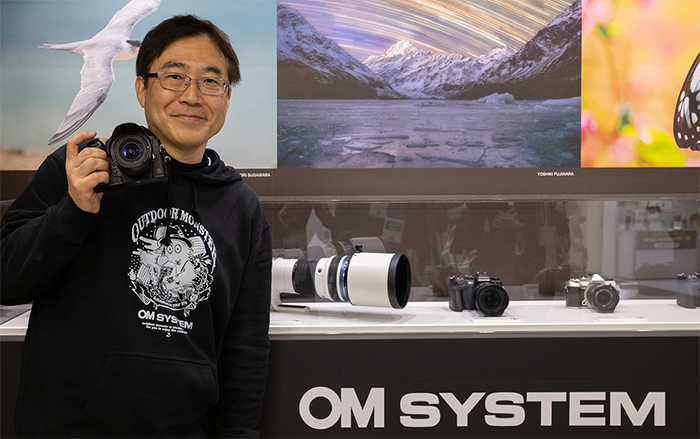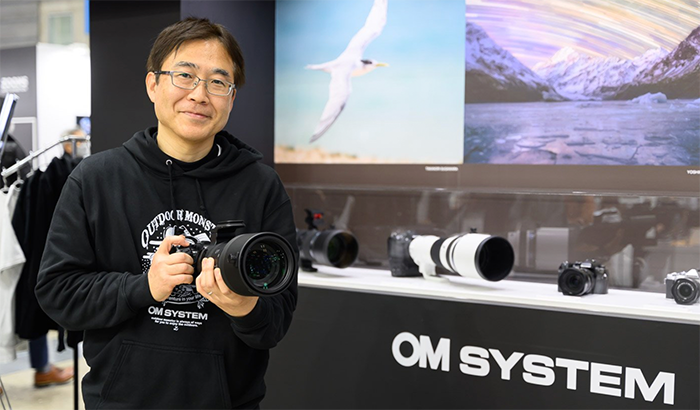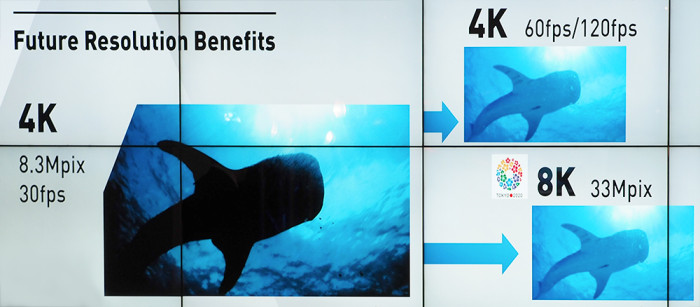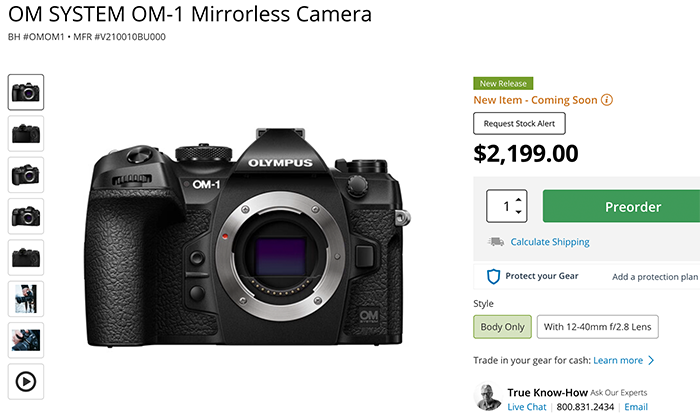Mirrorlessons: OM System OM-1 Review for Bird Photography – A ‘WOW’ camera or just “good”?
Preorders:
OM-1 at BHphoto, Adorama, Amazon. GetOlympus.
OM-1 in EU at Calumet DE. Fotokoch DE. Wex UK. Olympus DE, Olympus UK, Olympus FR, Olympus IT, Olympus ES. Olympus NL. Olympus BE. Olympus AT. Olympus CH.
Mirrorlessons published their conclusion about the OM-1:
Two months of work and almost 20,000 images sitting on my hard drive, I think it’s time to wrap it up! Do I like the OM-1? Am I keeping it? Let’s begin with the positive.
The autofocus is without a doubt the main improvement, and I’m happy because that was my number one priority. The camera can be very close to the performance of a Canon R5 or R6. It’s not at the same level of the Sony A1 or A9 II, but not far off either. I’ll take that!
It’s worth noting that the AF improvements seem to be limited to certain settings. I don’t see any improvements to the normal tracking mode, and disabling the A.I. Subject Detection reduces the performance. While there isn’t any reason to do that for birds, I do wonder how the camera performs in other situations, like football or portraits for example. I’ll develop this topic further with another article.
The continuous shooting speed is better than ever, and I can’t really imagine any of us wanting more. The AF performance is consistent, whether you work at 10fps or 50fps, and the only thing you need to be aware of is that with the fastest speeds, the buffer is limited. There will be cases when you want to choose 20fps or 25fps and be able to work at that speed for longer. But really, the point is that we’re spoiled for choice, including the possibility of working with live view and no blackouts.
The video improvements are welcome but this is an area where the camera still feels inferior to other products. That said, the possibility of recording 4K 60p or Full HD 240p, combined with the unrivalled stabilisation system, makes the OM-1 a better proposition than before when it comes to wildlife filmmaking.
Then we have the elephant in the room: image quality. The claims made in the announcement led us to believe the difference would be substantial but, on the surface, it’s hard to find a ‘wow’ improvement with the OM-1.
That isn’t to say that there is nothing at all: dynamic range is a bit better in the highlights, and colour accuracy and details at high sensitivities have improved. In fact, colours in general seems to be much better on the new camera, and there is also a more substantial improvement on the JPG rendering which is something I have skipped in this article but that I’ll mention another time.
This might be enough for some of us, but at the same time I can understand why other photographers were waiting for a more important step forward in this direction, also considering the 6 years gap between this new sensor and the previous one.
With that said, my opinion about the OM-1 remains very positive. On many fronts, it is an excellent upgrade over its predecessor, and a much needed one to prove that micro four thirds is still a contender. It certainly isn’t revolutionary for the system, and we could argue that it could have made more of an impact if it had arrived a few years earlier, but the important thing is that it is here now.
I’m also curious to see if and how the camera will receive substantial firmware updates to address the minor issues I found, not to mention to boost the performance further and introduce new features. For now, it’s a keeper!





